 Busy again… I’ve learned how to make cases in such a way that I justify charging as little as I do. The early ones should have cost about $500 each, given the time it took to make them.
Busy again… I’ve learned how to make cases in such a way that I justify charging as little as I do. The early ones should have cost about $500 each, given the time it took to make them.
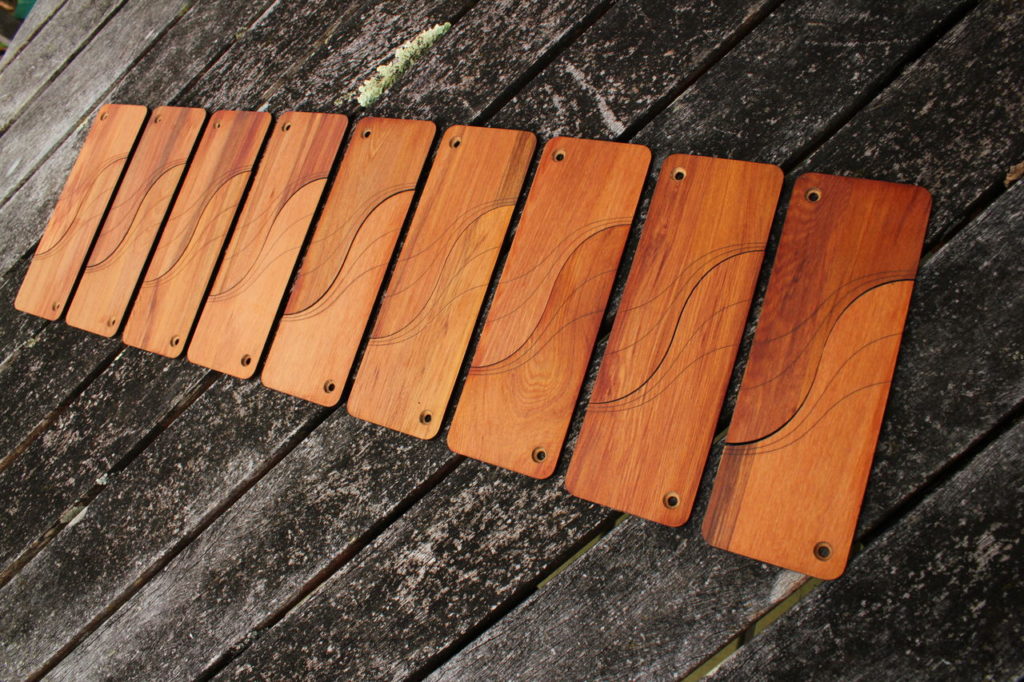 Still… one of the nice things about cottage industrialism is it’s a learning process… you learn how to make things in the months (and years) after you’ve initially invented them. You get better.
Still… one of the nice things about cottage industrialism is it’s a learning process… you learn how to make things in the months (and years) after you’ve initially invented them. You get better.
Anyway… once the cases are cut, they are
– washed (yup, water)
– a coat of linseed oil
– another coat of linseed oil
– a coat of beeswax
– another coat of beeswax
Each of these stages starts with a light-sanding with very fine sandpaper… and is followed by a day or so of drying. There’s a lot of drying… then
– buff with soft cloth
– leave it for a week or two
– buff with soft cloth again
Because I’m not using varnish, and sealing the wood in a layer of plastic etc, the wood is still “living” so to speak, so you can do repairs, buff-ups yourself.
If you get a scratch:
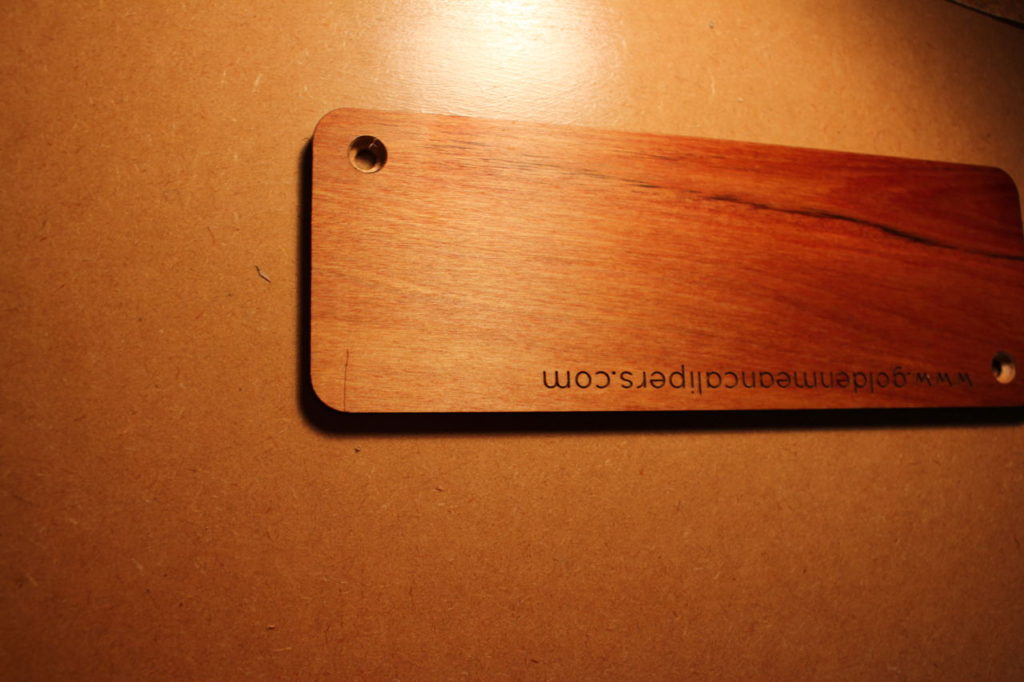 you can fix it !
you can fix it !
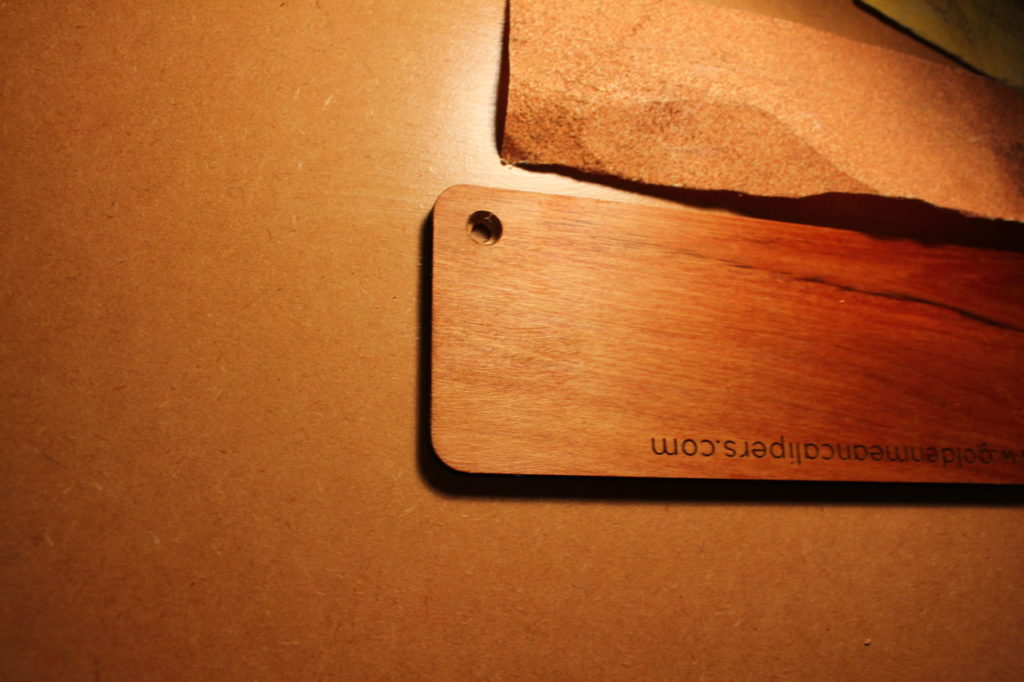 firstly sandpaper out the scratch using rough-ish sandpaper
firstly sandpaper out the scratch using rough-ish sandpaper
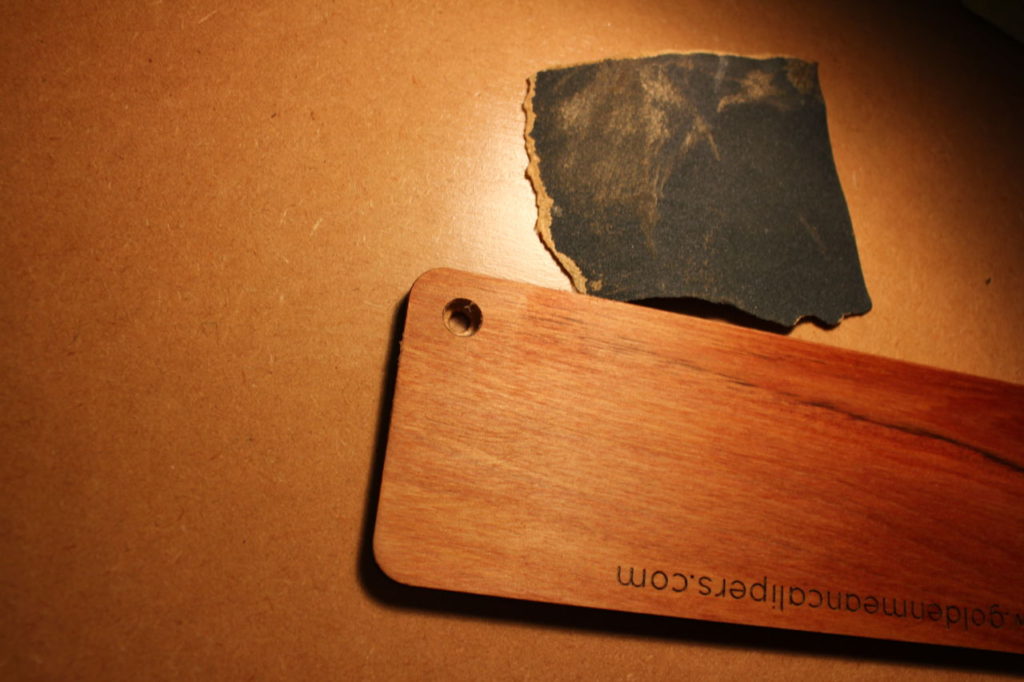
then get rid of the rough-sandpaper scratches using finer sandpaper (for final sanpaperings I use paper that’s so hopelessly over-used, it’s probably more accurate to just call it “paper”)
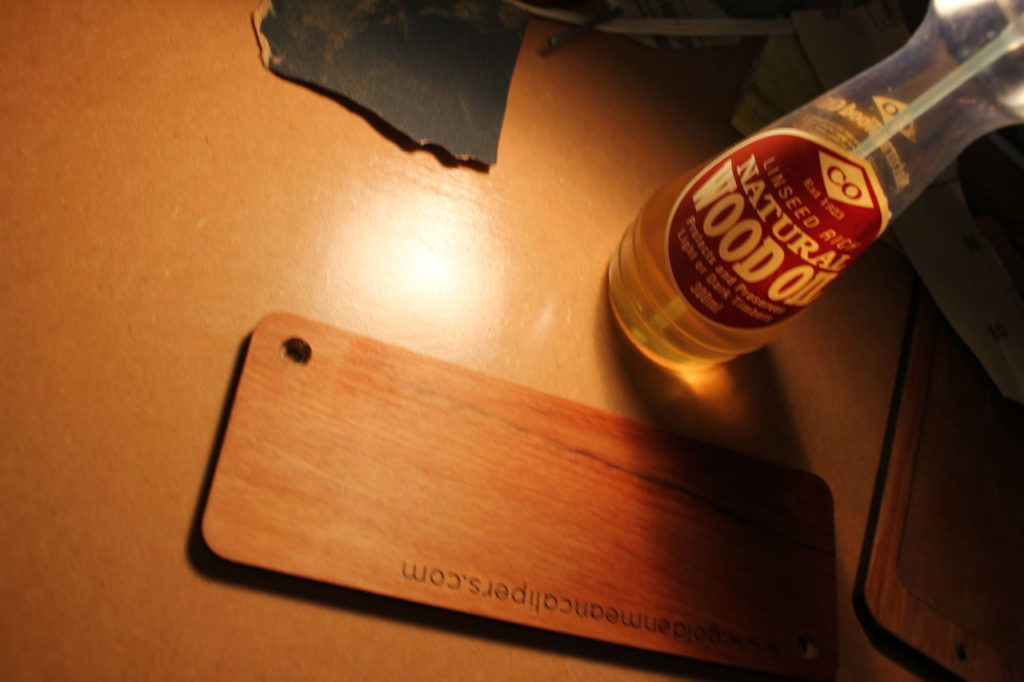 This is the linseed oil I use… it’s much of a muchness though – any linseed oil will do. They sell it at the supermarket
This is the linseed oil I use… it’s much of a muchness though – any linseed oil will do. They sell it at the supermarket
This is the beeswax
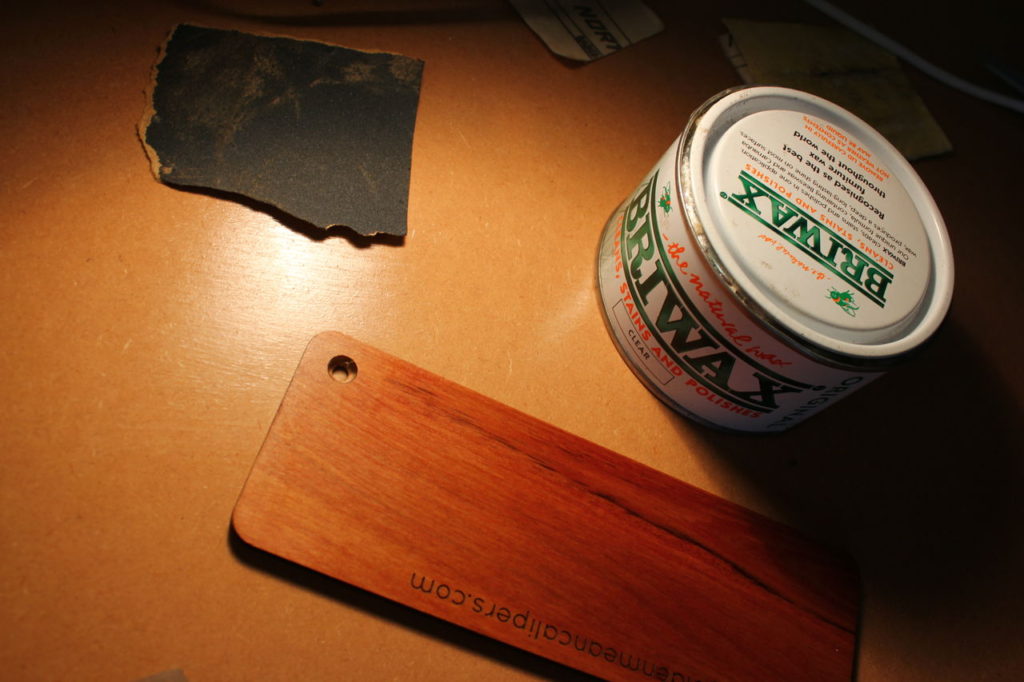 which they sell at the local DIY place.
which they sell at the local DIY place.
To be honest, I think you could skip the linseed oil and go straight for the beeswax… although buying a whole tin for just a scratch is probably overkill, and the linseed oil is useful for other things… so maybe skip the beeswax and just use the oil…
… which is a round about way of saying, I don’t think it matters too much :)
